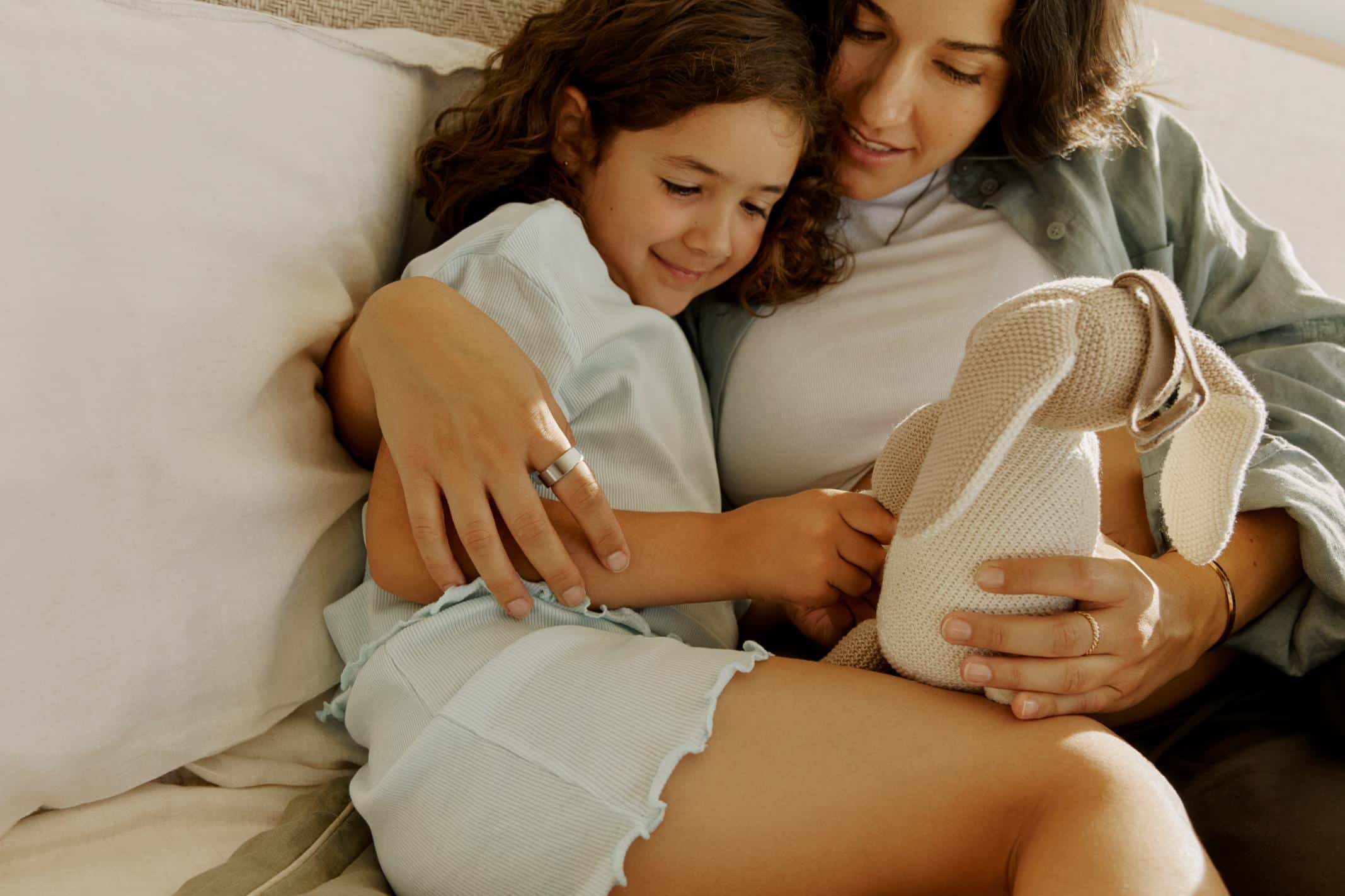Few of us go anywhere without some sort of device tracking our steps, monitoring our heartbeat and counting our Zs. In fact, for many of us, it’s become so commonplace we might not be using our device to the best of its ability, particularly as newer, more accurate iterations with more features enter the market. “There seems to be a device for just about everything,” says Dr. Amy Divaraniya, CEO and founder of Oova, a hormone monitoring kit for fertility and perimenopause tracking. “I firmly believe that people deserve more data about their bodies and this technology makes it possible.”
More than the Apple Watch and the Fitbit, new devices like the Google Watch, the Oura ring, the Galaxy ring, Wearable X yoga pants, IdentifyHer wearable menopause tracker, and more are hitting the market each year. Plus, there are digital health companies like Oova and Ciba Health that leverage biometering technology to help improve their clients’ wellness.
As the market for wellness monitoring devices gets larger and more people are turning to wearables for keeping them on track to healthier habits, the data collected is greater, thereby improving their capabilities to provide statistics-based AI recommendations for improving wellness. But before you rush out to get the latest and greatest for someone’s stocking this year, we spoke to a few medical experts to find out what we should be doing—and not doing—with our wearable devices.
Wear it to bed
The best device on the market for overall health, advises Steve Forti, Chief Wellness and Resiliency Officer at the Hospital for Special Surgery, is the one you will wear 24/7, in particular to bed. His advice for holiday shopping this year: Choose the device that you are most likely to wear when it needs to do its most important work: that’s when we are sleeping. “Sleep, recovery, readiness and stress scores are all derived from measuring a few key variables: heart rate variability, resting heart rate, oxygen saturation, respiratory rate and skin temperature. All are most accurate when collected while sleeping.”
The heart rate variability (HRV) is the very slight differences in the time between each heartbeat. “If the beat is like a metronome in music, that would indicate you are in a state of stress. You want it to be ever changing.” says Forti. When it is at its most healthy state, “if you were listening to your heart as a drummer, it would sound horrible.” Sleep, exercise, breathwork, hydration all help to regulate strain, which would lead to higher HRV, and higher scores.
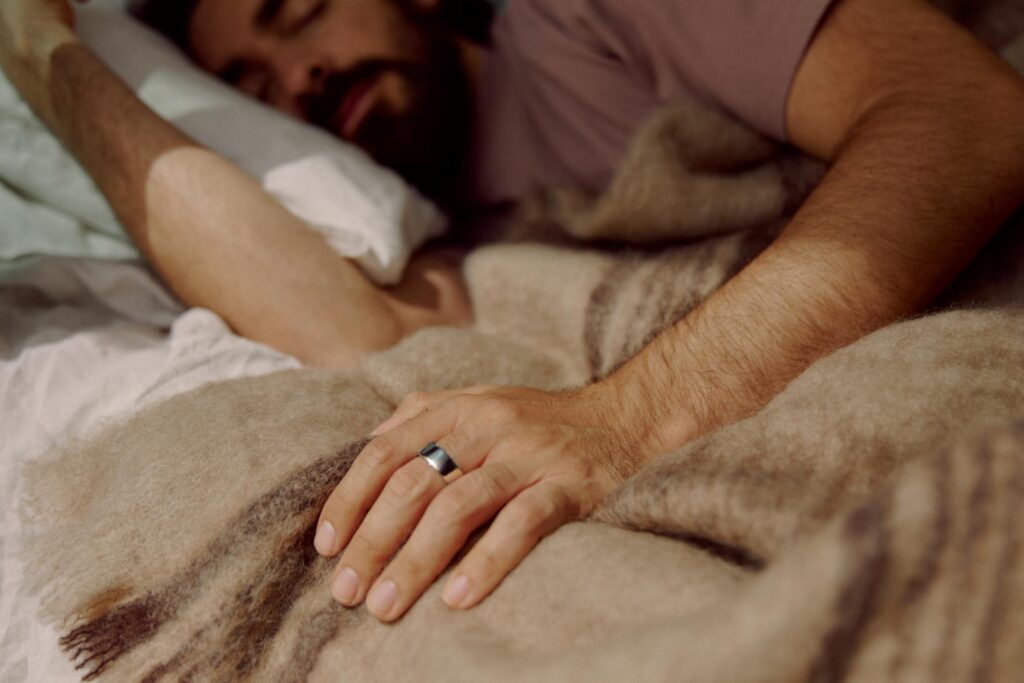
Physically fit people have lower heart rates, and lower heart rates mean there is more potential for variability. It’s another reason why this metric points to so many things about our health. A world class Olympic athlete who might have a heart rate of 40 beats per minute when he or she is sleeping, can result in a very high HRV, versus us average folks whose heart rates hover in the 50s or 60s when we sleep, which will give us a lower potential HRV. “Whether you are a world class athlete or weekend warrior we can still use the measure to know our baseline and know if we are improving it. We measure it to change it.”
So when we look at our sleep score each morning on our device, whether it’s a ring, watch or something else, that number isn’t only impacted by the number of hours we sleep. It’s also impacted by how long we are in each stage of sleep (ie: REM, deep, light), our HRV, our breathing and other factors. That’s why sometimes we feel like we slept great but when we look at our score it’s low, or vice versa.
Optimize the data
What do we do with all this information? Forti says, the goal is to keep track of our daytime activities and even our choices to see how those activities impact our scores each night. For each person, that will be different. For one person, meditation and breathwork could greatly improve his or her numbers. For another, it might be taking a walk or doing a 20-minute HITT workout. For a third, it might be refraining from that glass of wine right before bed. “We want to look at the overall picture, and what these wearables do is they shine a light on what affects us, even things like timing of meals,” adds Forti.
Medical experts agree that wearable devices across the industry are becoming more accurate, offering more data collection and now, even offering AI capabilities so your watch might not only track your heart rate, sleep and steps but also give you recommendations for ways to improve wellness based on your numbers.
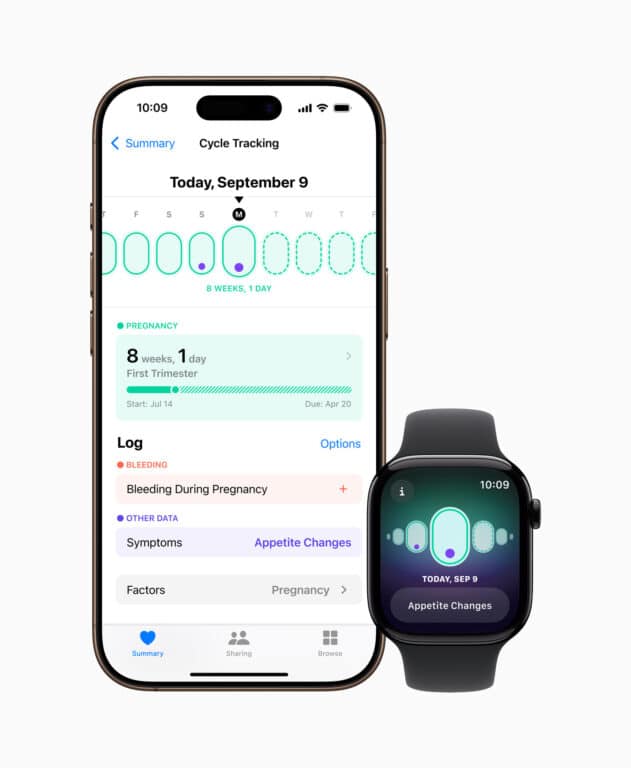
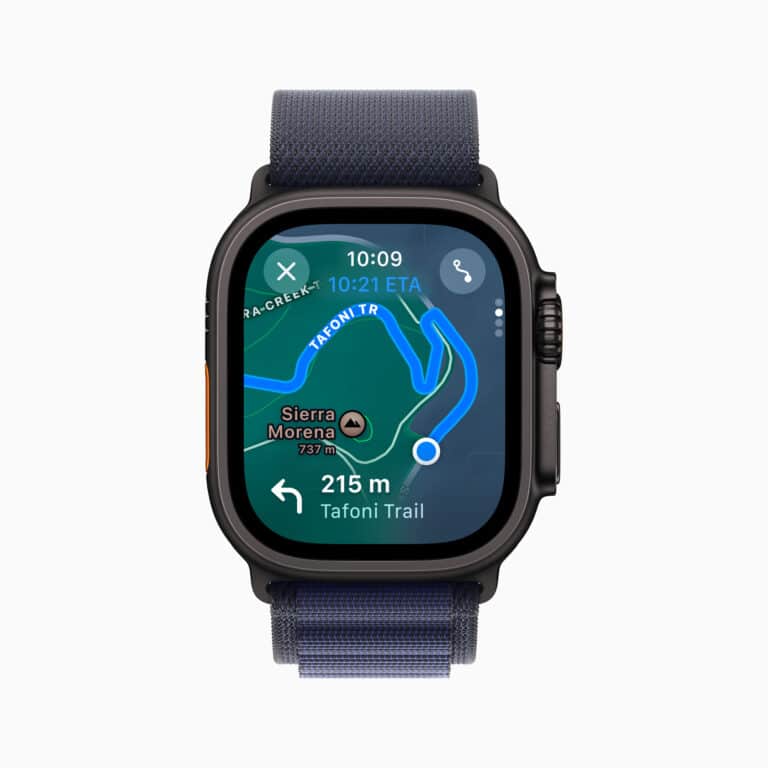
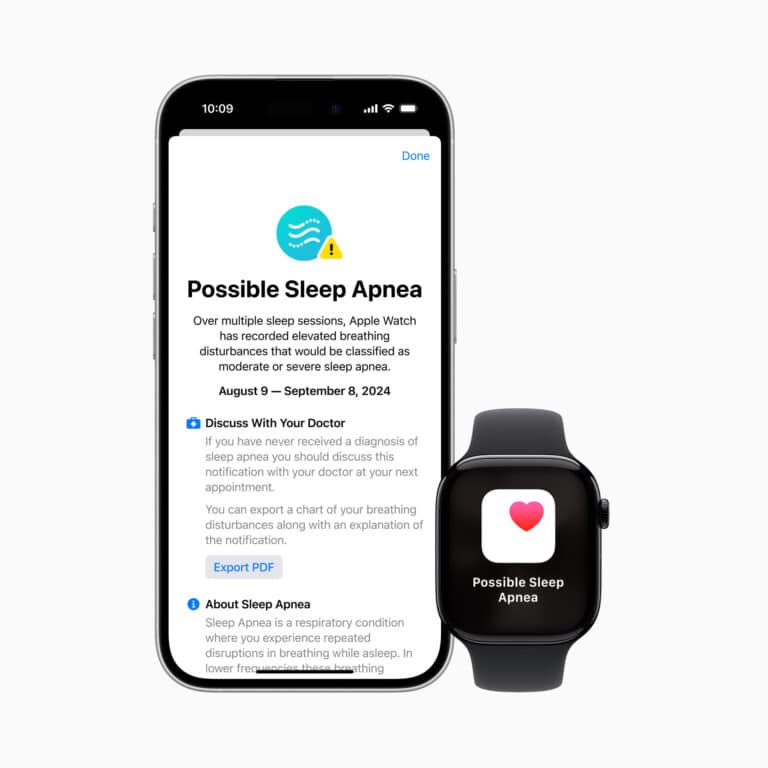
“These devices can provide real-time data such as monitoring heart rate, activity levels, and sleep patterns to promote healthier habits,” says Piyal Alam, DO doctor of family medicine at Greenwich Hospital and Northeast Medical Group. “They can also be used to identify early warning signs for health issues. An example is if a watch detects an irregular heart rate, this may prompt the user to seek medical care sooner and potentially prevent a poor outcome.”
Device technology keeps improving with rapid advances in AI technology, adds Stuart Zarich, MD, chief of cardiovascular medicine at Bridgeport Hospital’s Heart and Vascular Center. “The Apple Watch, for instance, gives excellent fidelity for its ECG readings and can alert patients regarding asymptomatic arrhythmias or match patient symptoms to a potential heart abnormality,” mentions Dr. Zarich. “They can measure activity levels, sleep patterns and oxygen levels in some devices. In the not-too-distant future, they will be able to take blood pressure and blood sugar readings, as well.”
Be an active user
The challenge with some of the data-tracking capabilities of our devices is that in order to leverage the breadth of data available on each device’s app, we need to be proactive. Dietary features, women’s health monitoring, logging specific activities like swimming or biking, water intake, meditation and other features, have to be actively logged by the wearer. The more we put into these devices, the more we will get out of them. “These devices can empower you on your health journey by offering actionable data, which gives you greater control and supports informed decision-making,” says Dr. Divaraniya. In the case of women’s health, her area of expertise, she advises women to actively track symptoms that accompany changes in hormones and consult with a physician before and after purchasing a biometering device.
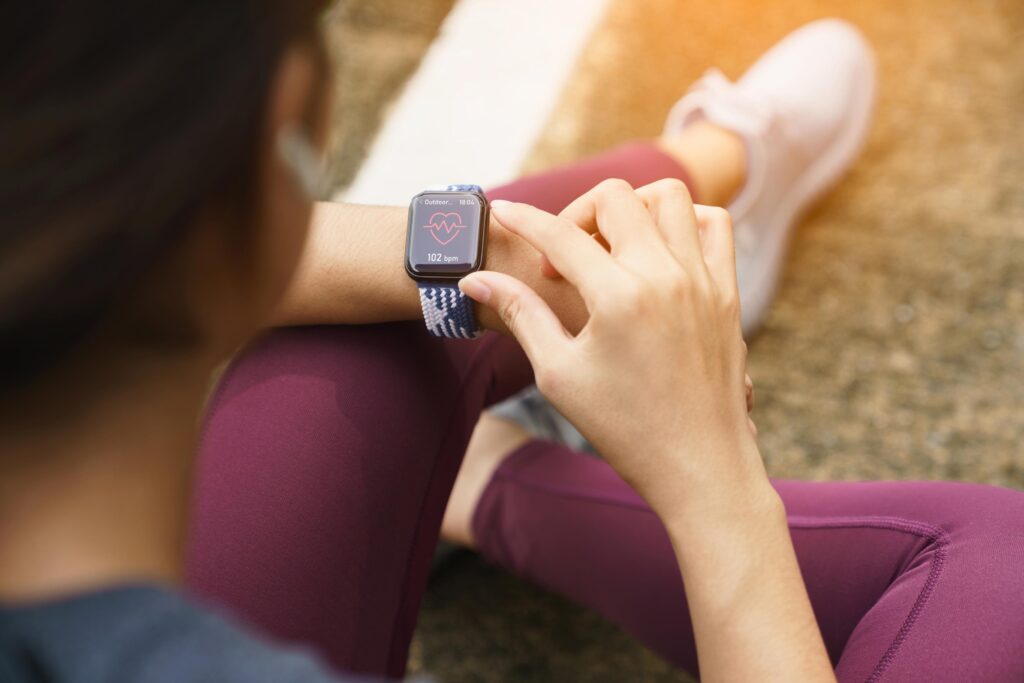
Consult a doctor
As much as these wearables can be a tool to promote health, make us more aware of our bodies, and raise a red flag when something changes, they are not medical grade devices and should not be considered as such. The data should only be used to guide us combined with medical advice from a doctor. “The information gathered from these devices can be considered as supplemental data, useful for tracking trends, but not accurate clinical diagnostic tools. Major health decisions should involve a healthcare professional,” advises Dr. Alam. “It should not be in lieu of seeing a medical professional.”
Don’t let them control you
Most importantly, remember these wearable tools and biometering devices are meant to be helpful tools, not a hindrance. If you find yourself over-relying on data from your wearable, or you find the device is triggering your anxiety or fear, consult your doctor. “While these devices are wonderful tools, they’re just that: a tool or something to support you, not stress you out,” advises Markyia Nichols, MD, chief medical officer at Ciba Health, a digital health company that leverages wearables to helping people take control of chronic conditions like type 2 diabetes, gut health imbalances, and more. “If you feel like you’re receiving too much information from them, comparing your data to others’ and feeling badly about yourself, or letting these devices be a distraction in your life, be sure to take an occasional break from them. That can be a healthy choice, too.”
